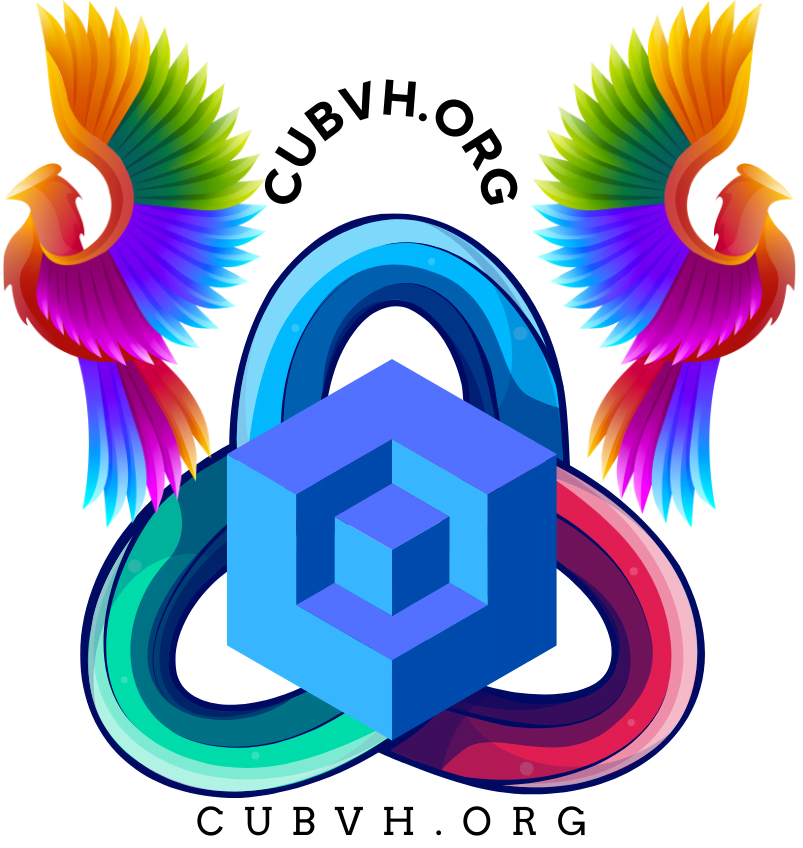Introduction
In the rapidly evolving world of technology, understanding the maturity of a new innovation is crucial for its successful development and deployment. This is where the Technology Readiness Level (TRL) comes into play. TRL is a framework used to assess the maturity of a particular technology, ranging from conceptualization to full-scale operational deployment. With applications spanning industries from defense to space exploration, TRL is a critical tool in guiding research and development (R&D) efforts, decision-making, and commercialization processes. This article provides a detailed exploration of TRL, examples, tools for assessment, and its relevance in different industries.
1. What is Technology Readiness Level (TRL)?
Technology Readiness Level (TRL) is a measurement system used to evaluate the maturity of a technology, invention, or innovation. Developed by NASA in the 1970s, it has since been adapted by other organizations such as the U.S. Department of Defense (DoD) to assess technologies before they are introduced into operational use. TRL ranges from 1 to 9, with each level representing a stage of technological development, from basic research to full operational readiness.
The TRL scale helps assess not just the technology itself but also its readiness for practical application in various industries. Higher TRL levels indicate more mature technologies, while lower levels suggest that the technology is still in the early stages of development.
2. Understanding the Technology Readiness Level Scale
The TRL scale is divided into nine levels, each corresponding to a specific stage in the technology development process:
- TRL 1: Basic principles observed
- TRL 2: Technology concept formulated
- TRL 3: Experimental proof of concept
- TRL 4: Technology validated in lab
- TRL 5: Technology validated in relevant environment
- TRL 6: Technology demonstrated in relevant environment
- TRL 7: System prototype demonstration in operational environment
- TRL 8: Actual system completed and operational
- TRL 9: Actual system proven through successful operations
Each level represents a crucial step toward bringing the technology from idea to full-scale deployment.
3. Technology Readiness Level: Key Definitions and Concepts
To fully understand the TRL framework, it’s essential to grasp several key concepts:
- Technology Maturity: This refers to how developed a technology is, from theoretical concepts to real-world application.
- TRL Assessment: The process of evaluating where a particular technology stands on the TRL scale.
- Technology Gaps: Identifying challenges or areas where the technology has not yet been developed to meet the desired level of functionality or reliability.
These concepts are the foundation for evaluating the readiness of a technology for integration into existing systems, products, or services.
4. Examples of Technology Readiness Level in Various Industries
Technology Readiness Level is applicable in multiple industries, from space exploration to healthcare, and its use varies across sectors.
- Space Exploration: NASA uses TRL to assess the readiness of spacecraft and space technologies.
- Automotive Industry: Autonomous vehicle technologies are assessed through TRL to gauge their maturity before commercial deployment.
- Healthcare: Medical devices and technologies go through TRL stages to ensure their effectiveness and safety before entering the market.
By utilizing the TRL scale, industries can assess which technologies are ready for practical use and which require further research and development.
5. How to Use a Technology Readiness Level Calculator
A TRL calculator is a tool that helps organizations and researchers determine the TRL of a specific technology. These calculators ask a series of questions related to the technology’s current stage of development, including its demonstration, testing, and integration capabilities. Based on the responses, the calculator assigns a TRL number that corresponds to the technology’s maturity.
Using a TRL calculator provides clarity and can streamline the decision-making process, helping teams identify areas of improvement or investment.
6. Technology Readiness Level Calculator: A Guide to Assessing Innovations
When assessing a new innovation, a TRL calculator can be an invaluable resource. Here’s a step-by-step guide to using a TRL calculator effectively:
- Step 1: Understand the Technology’s Current State
- Step 2: Determine the Testing and Validation Status
- Step 3: Input Data into the Calculator
- Step 4: Review the TRL Result
- Step 5: Analyze and Plan Next Steps
This systematic approach ensures that technologies are properly assessed, helping businesses and organizations make informed decisions about their development path.
7. Technology Readiness Level PDF: Free Resources for Understanding TRL
There are many free resources available online that provide detailed explanations, templates, and guides on TRL. PDF documents outlining the TRL scale and how to assess technology readiness are particularly useful for organizations without access to specialized tools or consultants. These PDFs often include examples, case studies, and checklists that can help users better understand the TRL process.
Downloading and referencing a TRL PDF can provide valuable insights into the assessment process and assist in technology development strategies.
8. The Role of Technology Readiness Level in Government and Defense (DoD)
The U.S. Department of Defense (DoD) has adopted the TRL framework to evaluate the readiness of technologies intended for military use. In the defense sector, ensuring that technologies are mature and capable of being deployed in real-world combat situations is critical. TRL helps the DoD assess new technologies, including weapon systems, communication tools, and defense technologies, before they are approved for use in military operations.
TRL plays a crucial role in minimizing risks and ensuring the success of defense projects, particularly in situations where failure could have serious consequences.
9. How the Department of Defense Uses Technology Readiness Level (DoD)
The DoD uses TRL as part of its acquisition process. Before investing in a technology, the DoD evaluates its TRL to determine its potential for success in a military environment. The DoD may fund technologies at different TRL levels, but the goal is always to advance them to higher levels of maturity before they are deployed. By using the TRL scale, the DoD ensures that only the most reliable and effective technologies are integrated into military operations.
10. Step-by-Step Technology Readiness Assessment Process
Technology Readiness Assessment (TRA) is the process of evaluating a technology’s maturity and its potential for operational use. The TRA process generally includes:
- Identifying the technology’s current TRL
- Reviewing existing documentation, prototypes, and tests
- Analyzing risk factors and potential challenges
- Determining the development path to increase TRL
By conducting a thorough TRA, organizations can make informed decisions about which technologies to invest in and how to plan their future development.
11. Technology Readiness Assessment: Key Metrics and Evaluation Criteria
When conducting a Technology Readiness Assessment, there are several key metrics and criteria that should be evaluated:
- Prototype Development: Is there a functioning prototype that demonstrates the technology’s capability?
- Testing and Validation: Has the technology undergone sufficient testing in relevant environments?
- Integration Potential: Can the technology be integrated into existing systems or processes?
- Cost and Budget: What are the financial requirements for advancing the technology to higher TRL levels?
These metrics help organizations prioritize technologies with the highest potential for success.
12. What is Manufacturing Readiness Level and How Does It Relate to TRL?
Manufacturing Readiness Level (MRL) is similar to TRL but focuses on the readiness of manufacturing processes for large-scale production. While TRL assesses the technology itself, MRL evaluates the processes required to produce the technology efficiently and at scale. A technology can have a high TRL but still face challenges in manufacturing readiness.
Both TRL and MRL are critical for ensuring that a technology is not only functional but also feasible for mass production.
13. Commercial Readiness Level: A Critical Factor for Market Success
Commercial Readiness Level (CRL) assesses whether a technology is ready for commercialization. This factor considers market demand, competition, pricing strategies, and customer adoption. Unlike TRL, which focuses on technical readiness, CRL focuses on the marketability and profitability of the technology.
Understanding CRL is essential for companies looking to bring new technologies to market successfully.
14. Comparing Technology Readiness Level and Commercial Readiness Level
While both TRL and CRL are used to assess technology, they serve different purposes. TRL focuses on the maturity of the technology itself, while CRL evaluates its potential for commercial success. A technology may be fully developed (high TRL) but may not be commercially viable due to factors like cost or market competition.
Businesses need to balance both TRL and CRL to ensure that the technology is not only mature but also ready to meet market needs.
15. Exploring Technology Readiness Level 8: What Does It Mean for Innovation?
TRL 8 represents a technology that is considered fully operational and ready for mass deployment. At this stage, the technology has been thoroughly tested, refined, and proven to work in a real-world environment. Innovations at TRL 8 are typically deployed into production or integrated into operational systems.
TRL 8 is a critical milestone for any technology, signaling its readiness for widespread use.
16. Why Technology Readiness Level 8 is Vital for High-Tech Products
For high-tech products, TRL 8 indicates that the technology has passed all testing phases and is ready to be used in actual applications. It ensures that the technology is not only viable but also reliable and cost-effective for widespread use.
Achieving TRL 8 is essential for technologies in industries like aerospace, healthcare, and telecommunications.
17. Technology Readiness Levels in the Context of Research and Development
In R&D, TRL helps guide projects from the idea stage to real-world implementation. Researchers use the TRL scale to track progress and determine when to move on to the next phase of development. It is a valuable tool for setting milestones and assessing whether a project is on track.
TRL helps R&D teams allocate resources efficiently, minimizing waste and accelerating development.
18. How to Incorporate Technology Readiness Level in Project Management
Incorporating TRL into project management ensures that projects stay on track and meet their goals. By regularly assessing a technology’s TRL, project managers can identify potential risks and areas requiring attention. This allows for more accurate forecasting, better resource allocation, and faster time to market.
19. Assessing the TRL of Emerging Technologies: Best Practices
When assessing emerging technologies, it is essential to be thorough and objective. The best practices for assessing TRL include:
- Involving experts in relevant fields
- Using standardized evaluation criteria
- Regularly updating assessments as the technology progresses
20. Benefits of Technology Readiness Level for Strategic Decision-Making
TRL provides valuable insights that guide strategic decision-making. It helps businesses prioritize investments, plan resource allocation, and manage risks. By understanding the TRL of a technology, decision-makers can ensure that they are focusing on the most promising innovations.


